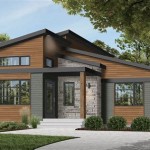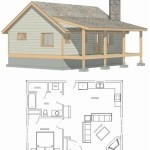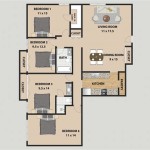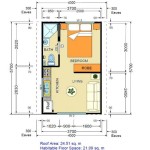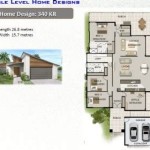Gropius House Site Plan: Essential Aspects
Walter Gropius, an influential figure in modern architecture, designed the Gropius House, a remarkable example of the International Style. The house, built in 1937, is not only renowned for its architectural significance but also for its well-thought-out site plan that seamlessly integrates the structure with its surroundings.
The site plan of the Gropius House reflects the principles of modernism, emphasizing simplicity, functionalism, and a connection to nature. Here are some essential aspects that make the Gropius House Site Plan particularly noteworthy:
Orientation and Placement
The house is strategically oriented on the plot to maximize daylight and natural ventilation. The main living areas face south, capturing ample sunlight throughout the day. The placement of the house is well-balanced, with a spacious garden to the south and side yards to provide additional outdoor space and privacy.
Circulation
The site plan efficiently organizes circulation, creating a clear hierarchy of movement. A central walkway leads from the street to the front entrance, guiding visitors through the garden and establishing a sense of arrival. The circulation within the house is equally well-designed, with open and flowing spaces that allow for seamless transitions between rooms.
Integration with Landscape
The Gropius House site plan fosters a harmonious relationship between the house and its surroundings. The garden is an integral part of the design, serving as an extension of the living space. The generous use of glass windows and sliding doors along the south facade ensures a seamless connection between the interior and exterior, bringing the outdoors in.
Private and Public Spaces
The site plan effectively delineates private and public spaces. The garden to the south functions as a private outdoor retreat for the occupants, shielded from the street by a hedge. The front yard, on the other hand, is more public, welcoming visitors and providing a buffer between the house and the surrounding neighborhood.
Greenery and Landscaping
Landscaping plays a vital role in the Gropius House site plan. The garden features a variety of plants and trees, carefully chosen for their aesthetic appeal and to provide shade and privacy. The use of greenery enhances the visual interest of the site and creates a sense of tranquility and connection to nature.
Conclusion
The Gropius House Site Plan is a testament to Gropius's mastery of architectural design. It masterfully integrates the house with its surroundings, creating a harmonious and functional living environment. The essential aspects highlighted in this article demonstrate the careful consideration Gropius gave to orientation, circulation, landscaping, and the relationship between private and public spaces.
The Gropius House Site Plan remains an influential example of modern site planning, inspiring architects and designers to create built environments that are not only functional but also aesthetically pleasing and respectful of the natural world.

Spatial Relationship In Gropius House Color Representation Green Scientific Diagram

Gropius House In Lincoln By Walter Archeyes

Gropius House In Lincoln By Walter Archeyes

Gropius House 1st Floor Modern Plan Must Know Moderns Plans Walter

Ad Classics Gropius House Walter Plans

Pa3 Views Iar Gabi Petrulis

Must Know Modern Homes Gropius House Floor Plans

Must Know Modern Homes Gropius House

Gropius House Presentation Model Plan Walter

Act Image Popup


